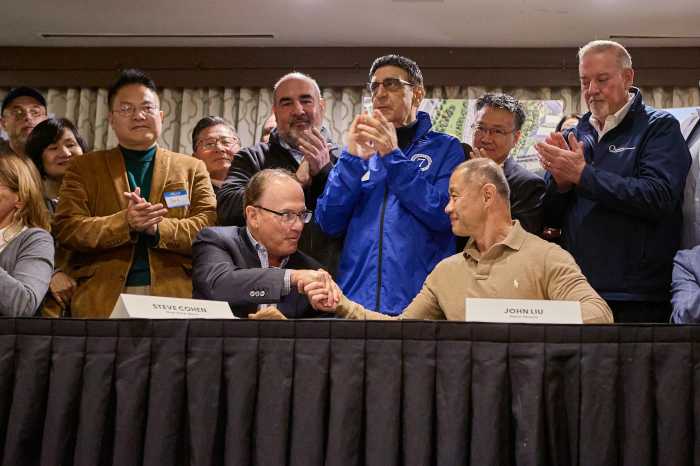As the pandemic ripped through the United States, nearly 59.4 million cases were reported. COVID-19 continued to plague the world, making early vaccine development a top priority for officials. In early 2021, three vaccines came to market, promising to mitigate serious risks of the Coronavirus. While the promises of a vaccine were positive and beneficial, dealing with shortages and distribution delays posed a significant threat to getting the population vaccinated.
Unfortunately, many individuals qualifying for vaccines were unable to book an appointment in a timely fashion. Many online websites became inundated with vaccine requests, making booking a matter of lottery rather than individual need. Patients found it impossible to secure an available timeslot. Consequently, individuals unable to access online portals were left waiting in clinics and facilities, hoping to fill an appointment cancelation. Receiving a life-saving vaccine became nearly impossible for the average American.
Disposal of Vaccine Surplus
Many facilities booked their daily schedule ahead of time, planning and prepping vaccines to match customer need. Individual clinics booked hundreds of patients daily, with little room for error. Vaccine preparation was critical for seamless vaccine distribution, as cold storage vaccines required strict thawing procedures and usage policies.
Some individuals were double-booking appointments, hoping to get their immunization faster, yet taking available appointment times from others needing an appointment. Double booking the timeslots put further strain on distribution, leaving as many as 30% of all vaccine appointments canceled or as no-shows. The staff was left with surplus vaccines set to expire at the end of the day, with no one to fill the positions. As a result, facilities were left to fill empty appointments through walk-ins or dispose of the surplus.
Why Were Covid Vaccines Thrown Away?
The mRNA technology in the vaccine requires a cold environment for transportation and storage. The cold ensures adequate efficiency levels for the covid vaccine, or it breaks down quickly. All vaccines are kept in cold storage of approximately -100 degrees Fahrenheit. Once removed from cold storage, the vaccine must be used within a set timeframe. Although some vaccines hold a five-day shelf life, trying to determine vaccine quantities within a medical setting can make avoiding surplus considerably tricky.
As a vaccine gets closer to the expiry, a facility is left with two choices: find an available arm or trash can. To help mitigate these losses, Cyrus Massoumi created Dr. B. The website functioned as a universal standby system for COVID-19 immunizations.
How Dr. B Worked
A simple Dr. B review highlights the simplicity of registration for participants and clinics. Individuals registered online, entering their personal information, contact details, and physical location. The platform worked as a virtual standby list, like those systems in airports. When a clinic or facility had surplus vaccines, the platform sent out a text message notification.
Patients could confirm or decline the appointment, often scheduled for the same day. If the individual wanted the vaccine, Dr. B sent clinic details and confirmed the appointment with the facility. The platform sent anyone refusing the appointment to the back of their list. Dr. B then approached the next candidate in that geographic location.
Technology Adding to Healthcare
Dr. B was developed to fix an issue within the healthcare setting. As resources were limited, Mr. Massoumi wanted to connect people within the United States with a potentially life-saving immunization. The website was free for clinics and citizens to register, without fees incurred for notifications or posting extra vaccines.
When closing the website’s registration, over 750 different clinics had registered with Dr. B, along with 2.5 million people. Over a million text notifications were administered during the vaccine rollout, increasing vaccine accessibility overall.
A Startup with Significant Value
Massoumi started Dr. B in early 2021 with a slow and intentional rollout. Despite socioeconomic disadvantages, he believed at-risk populations needed an equal opportunity in receiving the COVID-19 vaccine, despite socioeconomic disadvantages. Dr. B automatically organized all participants according to their risk group and following state-mandated eligibility.
Those with pre-existing health conditions, at-risk employment, or senior status were placed in a higher priority grouping than the public. When a vaccine was available, those in at-risk groups received the first vaccine opportunity. Overall, the model was highly successful. The rapid growth of Dr. B’s database showcased an apparent need within the medical system, especially when faced with limited resources.





































